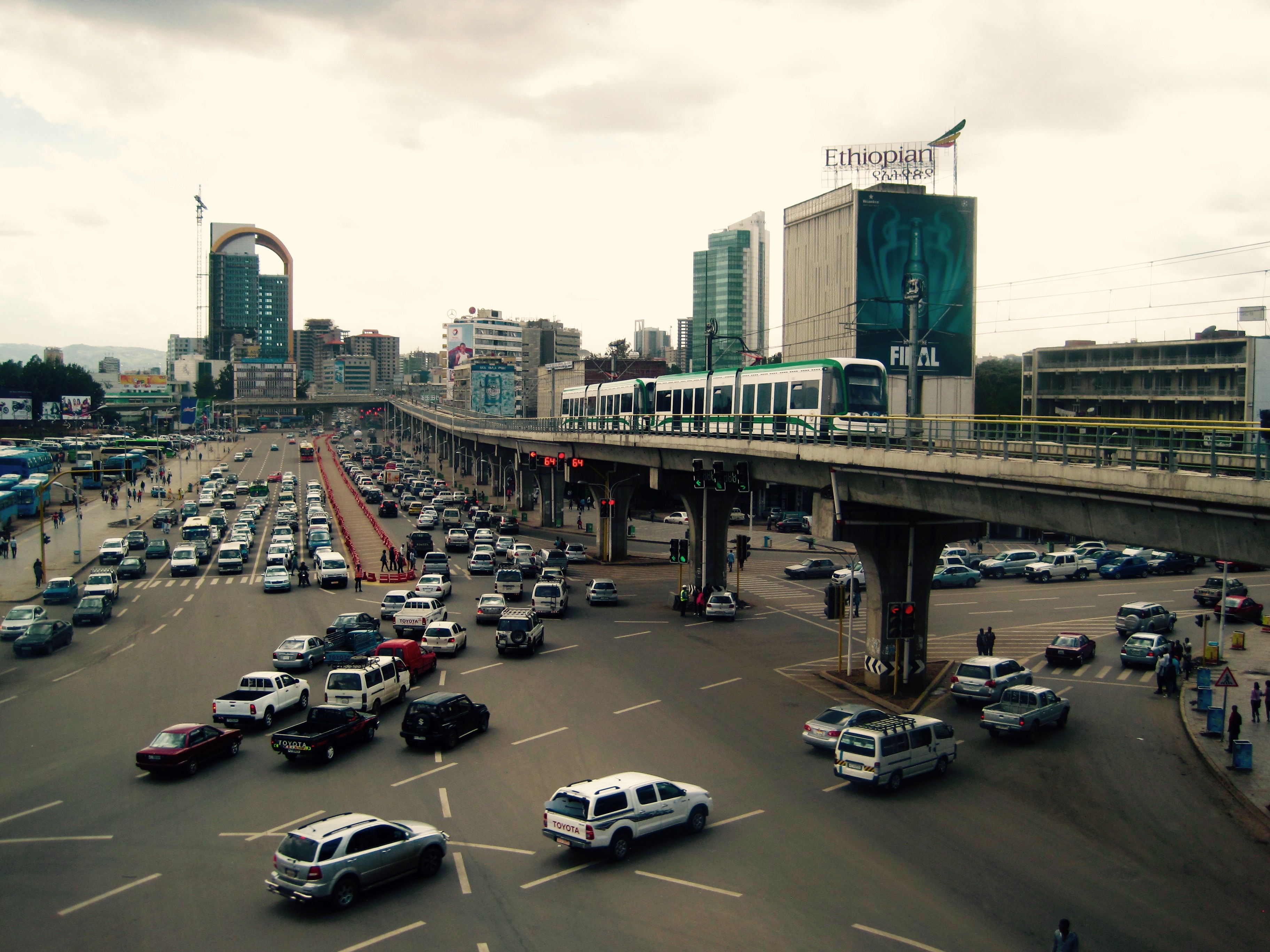Breaking Free from Fossil Fuels: The Tortoise and The Hare
Breaking Free from Fossil Fuels: The Tortoise and The Hare

My bloodlines come from a land of farmers, heroic feats, guttural tongues, warm spices, three kisses on the cheek, and treading lightly upon the earth.
Yet my passport is stamped from a place of convenience and efficiency, traffic lights and call waiting, magazine subscriptions and high-speed internet.
As an Ethiopian-Canadian, I exist within these contradictions.
Since my last return to Addis Ababa, nothing is as it once was. A light rail train connects the capital city's beautiful chaos, a three lane highway dissolves the distance between neighbouring cities, windmills sprinkle the horizon, and a freight train will soon haul imports and exports from the Port of Djibouti.
Against the backdrop of it all, the continent's soon-to-be largest hydroelectric power plant, known as the Grand Ethiopian Renaissance Dam, has now entered its' penultimate year of construction, set to open in July 2017.
As a global movement builds ever stronger to resist fossil fuels and embrace equitable renewable energy, this project is something of a breakthrough. While it is not without its' controversies, this hydroelectric project will help provide renewable energy to a vast number of Ethiopians who live without electricity. This landlocked East African country, while not even a drop in the ocean in terms of global greenhouse gas (GHG) emissions, is developing renewable ways to produce its' energy by harnessing the power of the Nile River.
Almost entirely reliant on agriculture as the economic driver and livelihood of the majority of the population, Ethiopia is extremely vulnerable to the whims of an angry climate. It has implemented the Climate Resilient Green Economy (CRGE) Strategy to strengthen the population's resilience and adaptive capacity to climate change, with a focus on four key sectors: agriculture, forestry, power, and transport, industrial sectors and buildings. With over seven million people facing food insecurity, and struggling to feed the rapidly growing population in the midst of failing rains and warming temperatures, it is evident why Ethiopia's CRGE Strategy has focused on adaptive capacity and resilience to climate change. Currently suffering from one of the worst droughts in decades, the country demonstrates why urgent climate action is a literal must, and not just a figure of speech.
As I look over to the Canada that raised me, it is more than obvious why it must break free from fossil fuels, as the harsh impacts of its' growing emissions reach far beyond the confines of its' borders. Not only does Canada operate the largest mining industry in the world, at the turn of the decade it held the highest per capita GHG emissions globally. Current emissions from the oil and gas sector account for over a quarter of Canada's GHG emissions and have increased nearly 80% compared to 1990 levels. However the oil driven economy is no longer riding on its laurels. The oil and gas industry has taken a plunge in Alberta, the heart of Canada's oil country. Revenues have plummeted 90 per cent and the economic downturn is forcing the province to look towards a different energy future. An expanded carbon levy and budget promises for clean infrastructure and energy efficiency seem to be part of this emerging picture.
I watch, weary to hold my breath, hopeful, yet sceptical. Both countries inform my existence, yet they tell very different stories. However, as it relates to countries like Canada, there are no more excuses. Developing countries such as Ethiopia are leapfrogging to renewable energy, emblematic of the victory of the tortoise over the hare, and it is time to keep up.

